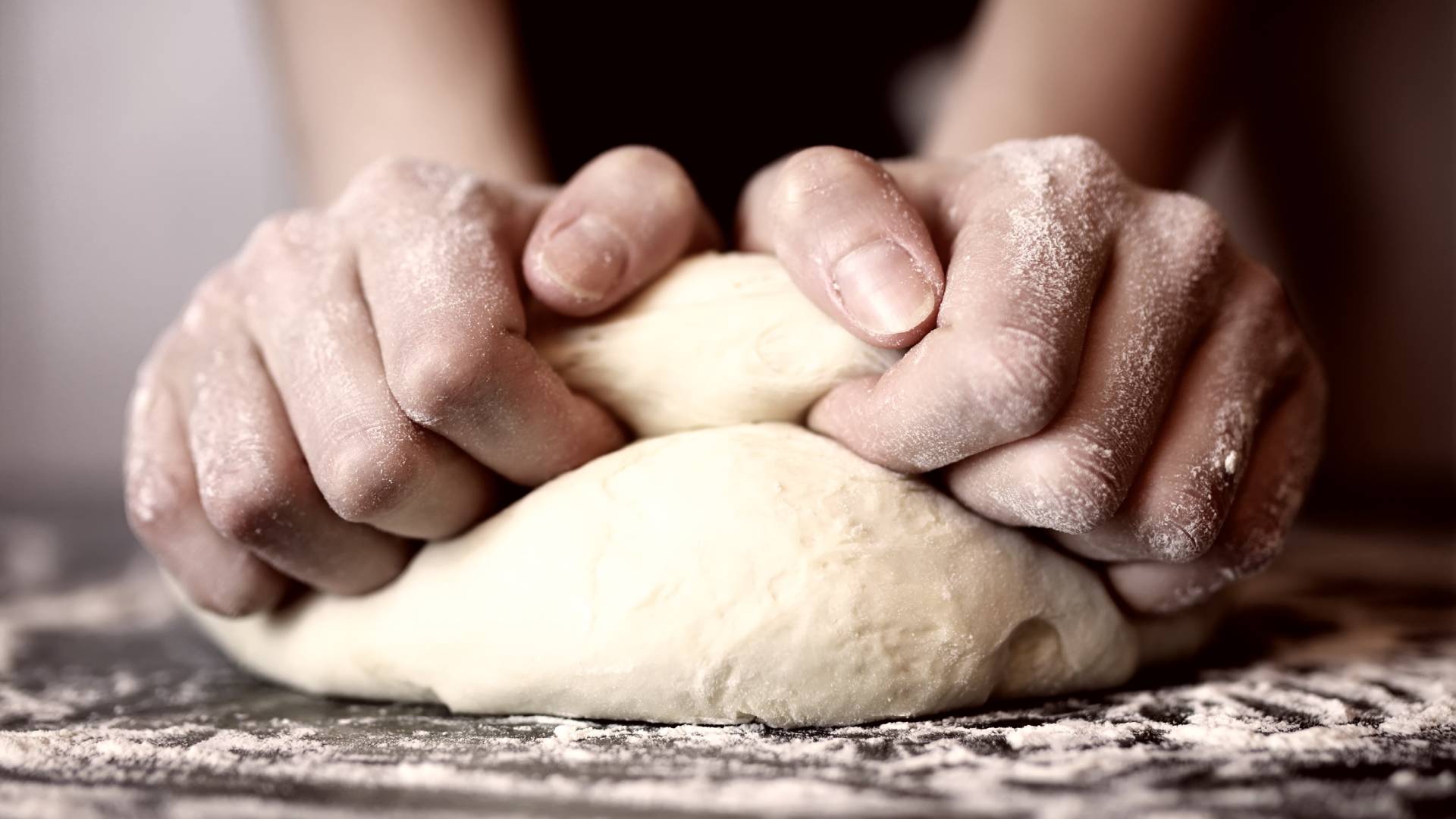Tips To Help You Perfect Making Homemade Pizza Dough

Making homemade pizza dough can seem daunting, but mastering it can elevate your pizza-making game to new heights. In this guide, you’ll discover practical tips to help you perfect your homemade pizza dough. Whether you’re a seasoned baker or a newbie in the kitchen, you’ll find valuable insights here to make delicious pizza dough every time.
Essential Ingredients
The foundation of any great pizza dough starts with the right ingredients. You’ll need high-quality flour, water, yeast, salt, and olive oil. Opt for bread flour or ‘00’ flour for the best results, as these types offer the right protein content to create a chewy crust. Fresh yeast or active dry yeast will give your dough the perfect rise, and sea salt ensures a well-rounded flavor profile.
Tips for Kneading and Proofing Dough
Kneading is where the magic happens. It helps develop gluten, giving the dough its structure and elasticity. Aim to knead your dough for about ten minutes. You’ll know it’s ready when it becomes smooth and elastic. After kneading, allow your dough to proof. This process lets the yeast work its magic, creating bubbles and rising the dough. Gently put the dough in a lightly oiled bowl, place a damp cloth over the bowl, and leave it in a warm place for at least an hour.
Achieve the Ideal Stretch and Shape for Your Dough
Rolling out your dough to the perfect shape can be challenging. Start by flattening the dough with your hands, working from the center outward. Gently stretch and pull the dough, allowing gravity to do some of the work. Avoid using a rolling pin, as it can deflate the air bubbles, resulting in a denser crust. Aim for a uniform thickness, and don’t worry if it’s not perfectly round—rustic shapes can add charm to your homemade pizza.
Baking Tips for the Perfect Crust
Baking your pizza at a high temperature is key to achieving a crispy crust. Preheat your oven to its highest setting, usually around 500 degrees Fahrenheit (260 degrees Celcius). If you have a pizza stone, place it in the oven while it preheats. The stone retains heat, mimicking the effect of a traditional pizza oven. Bake your pizza for 10 to 15 minutes or until the crust is golden and the cheese is bubbly.
Creative Variations To Elevate Your Dough
Once you’ve mastered the basics, you can start adding creative twists to your dough. Incorporate herbs like rosemary or thyme, or add garlic powder for extra flavor. You can also experiment with different types of flour, like whole wheat or spelt, to create unique textures and flavors. Adding a touch of honey or sugar can enhance the dough’s sweetness and improve its browning during baking.
Troubleshooting Dough Problems
Problems can arise with your homemade pizza dough, but they’re usually easy to fix. If your dough is too sticky, gradually add more flour until it reaches the right consistency. If it’s too dry, incorporate a bit more water. Should your dough fail to rise, check your yeast’s expiration date and ensure it’s activated with warm water, not hot. Patience is key; sometimes, giving the dough a bit more time to proof can resolve many issues.
With these tips, you’re on your way to mastering the art of homemade pizza dough. Remember, practice makes perfect. Each time you bake, you’ll gain more confidence and refine your technique. Are you ready to take your pizza game to the next level? Start experimenting with different ingredients and methods today, and enjoy the delicious rewards of your hard work.






